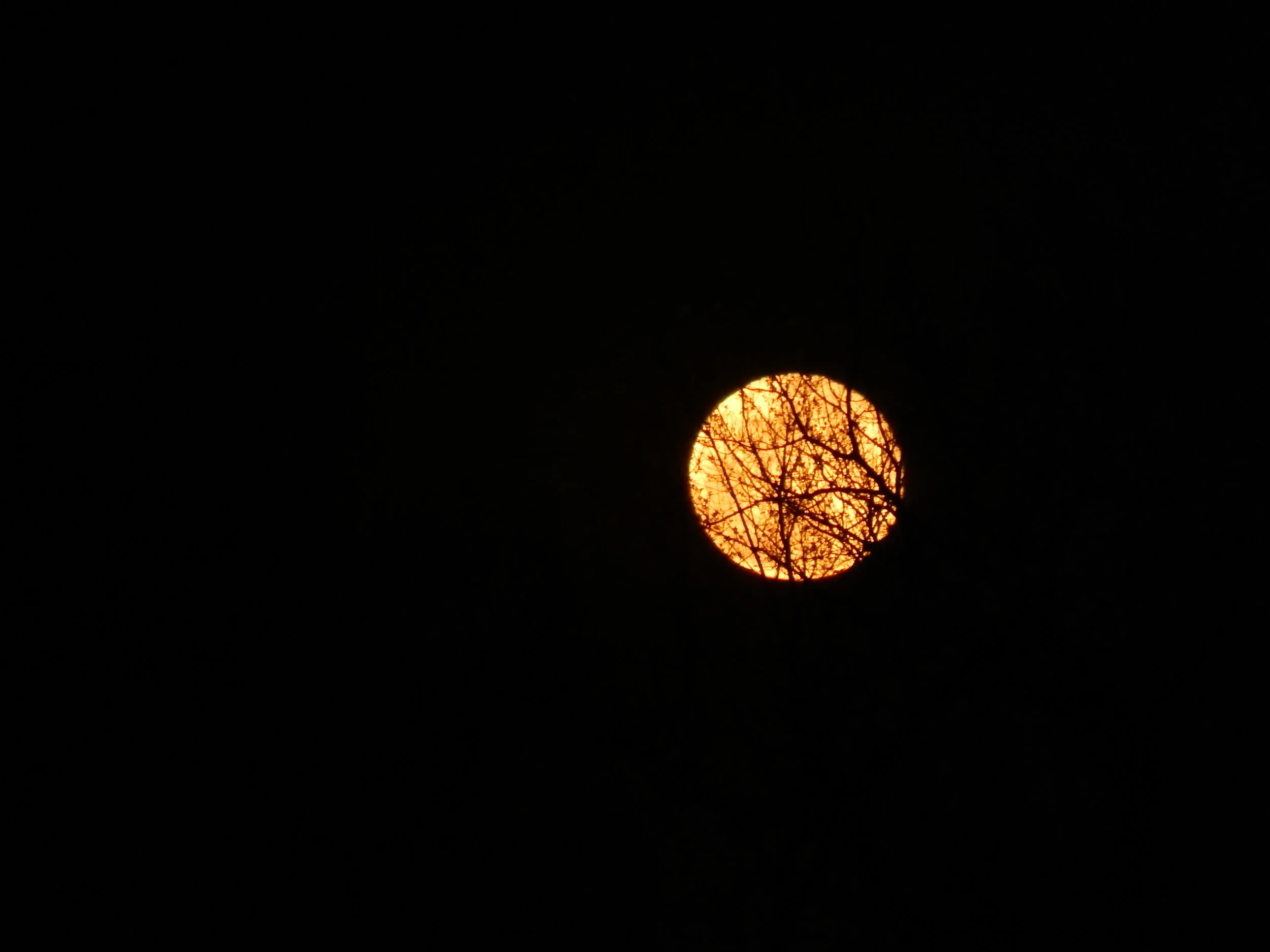If we have a clear view to the west-southwest, we will be able to see the Sun prior to sunset through a filtered solar telescope. The waxing crescent Moon (which will be almost four days old) will then be our next target around 7:45-8:15 p.m.
After that, we will look for Saturn. It will become fully dark around 8:45, and from that point onward, we should be able to find double stars, globular star clusters, and open clusters (weather permitting). We will use a Dobsonian telescope with a 15" mirror for looking at the Moon, Saturn, and deep sky objects that are outside our solar system.
Dan is a professional science educator who provides traveling planetarium shows through the Edgerton Explorit Center in Aurora. He has directed the public programs at Sachtleben Observatory of Hastings College since 1994. Dan is also the current vice president of the Platte Valley Astronomical Observers (PVAO), an astronomy club serving South-Central Nebraska.
Tracy is an experienced amateur astronomer who has volunteered as an assistant at the Sachtleben Observatory since 1994, and she has served as the treasurer of PVAO since 2002. Tracy is a real-life Druid, and her work on the topic of medieval Welsh astronomy has recently appeared in the journals Trilithon (June 2015 and June 2016) and Touchstone (September 2016).
Cost: $10 - kids free

